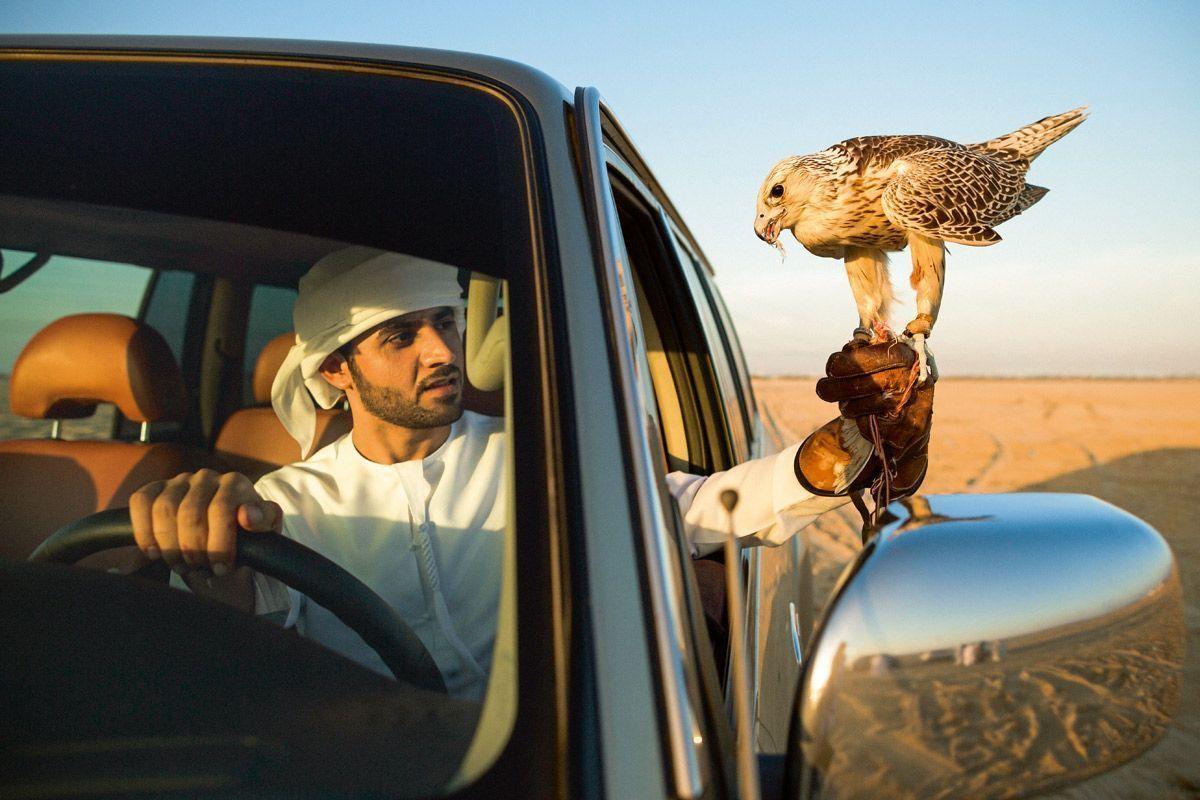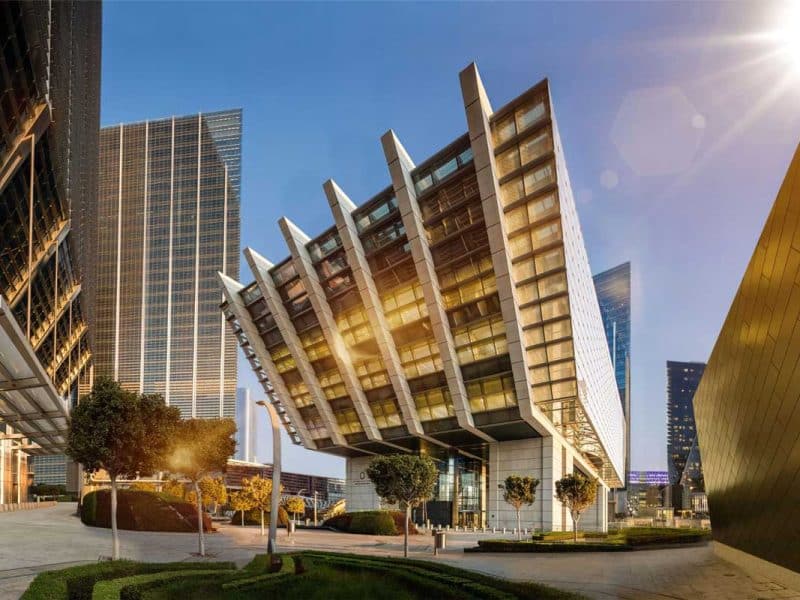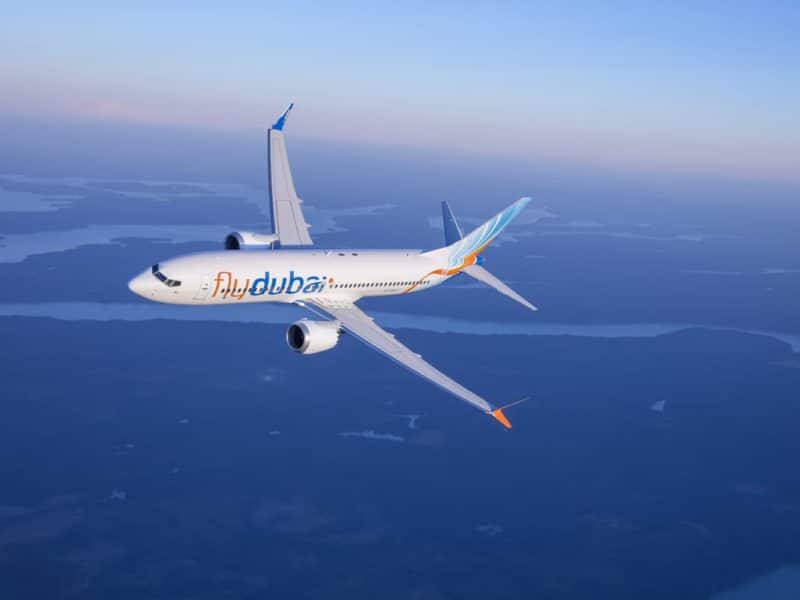The birds’ screeches rise to a deafening note and two dozen raptor eyes watch as we enter the pen. A layman’s glance says they all look the same — a black, beady stare, hooked beak and menacing talons, and a splutter of brown and white feathers. But their breeder can instantly tell them apart, squatting fearlessly beside the sizeable birds of prey and letting them peck at his hand and roam up his arm.
We are in a surprisingly modest collection of barns in the grounds of Dubai’s Zabeel Palace, where Zimbabwean falcon breeder Howard Waller is responsible for rearing up to 150 birds a year for sheikhs, and others, to hunt and race with during the falconry season.
Falconry is one of the UAE’s oldest traditions along with fishing and camel racing. It dates back at least 2,000 years to when tribesmen used falcons to hunt and capture their food. Right up until the last century falconry was a way of life for Emiratis, and it remains one of their favourite pastimes.
However, times have changed and hunting is no longer possible in the UAE. Rapid urbanisation in the past 20 years has swallowed up the desert habitat and altered the entire ecosystem of the plains through which falcons and their main prey, the North African houbara bustard, would pass on their seasonal migration routes to Central and South Asia. The indigenous houbara population has been depleted and it is now illegal to hunt wild birds in the emirates. For decades, wealthy Emiratis have settled on exclusive hunting expeditions to Asia and Africa to keep up their sport.
Meanwhile, eager to preserve the traditional skills of the tribesmen for generations to come, the UAE’s royal families are taking steps to keep falconry alive at home. This includes lavishing huge sums of money on a relatively new sport: falcon racing.
Falcons are notoriously fast creatures and can reach speeds of up to 300kph when chasing prey. Between December and May each year, organisations such as the Emirates Falconers Club run a packed itinerary of high-profile events at which young Emiratis can race captive bred falcons and compete for millions of dirhams’ worth of prizes. The most prestigious of these is the President’s Falconry Cup — this year an estimated 1,700 falcons competed for the top prize of AED15m ($4m), as well as for cars and other luxury goods.
As with all sports, big prize money fuels demand and demand fuels business. The UAE had been a core market for captive bred falcons for decades, but the hunting ban prompted a decline. Over the past four years, however, investment in and promotion of the sport — particularly by the Crown Prince of Dubai, Sheikh Hamdan Bin Mohammed Bin Rashid Al Maktoum, who is a keen falconer — has fuelled the growth of a multi-million dollar industry.
“The falcon market was on a downwards spiral prior to the racing — breeders all around the world were struggling,” Waller says.
“But racing has really taken off since Sheikh Hamdan started to develop the sport, and the market’s moving again.
“There’s been a rise in interest in falcons in the UAE and it’s become an international business opportunity — everybody’s trying to get in.”
Four years ago, says Waller, you could pick up a female captive bred peregrine falcon in the UK for about £1,500 (AED8,400); now they are selling for anything up to £70,000. Female falcons are more expensive than males as they tend to be larger and faster — male peregrines typically sell for between £10,000 and £18,000.
Hybrid gyr-peregrines are the most sought-after for racing because they are easier to train than pure peregrine falcons. “A peregrine is a very simple hunting machine whereas a gyr is more intelligent,” Waller explains.
The most expensive breed is the pure gyrfalcon from the Arctic Circle. It is the largest and fastest of the falcon species and a snowy white colour. Female gyrfalcons can sell for anything between £50,000 and £150,000 — one famously sold in Doha for AED1m in 2013, drawing gasps from breeders at the time. But such birds are generally bought for show, Waller says. “They’re what we call ‘majlis’ falcons — the majlis being the Arab men’s lounge. If you walked in with one of them you would really impress people.”
It is not just the buying and selling of falcons. Multiple support services have contributed to the growth of an industry worth hundreds of millions of dirhams. “It’s the training of falcons; the facilities to keep them in; the staff to care for them; the race prizes; breeding farms; organisation of the hunting trips abroad, and associated tourism that has spun out of such an ancient tradition,” Waller says. High value secondary businesses have also arisen from falconry-related contact that has facilitated conversations about entirely unrelated ventures. After all, all the important families in the UAE are involved in falconry.
At least half the birds Waller produces (the more expensive gyrfalcons) are for Sheikh Butti Maktoum Bin Juma Al Maktoum, the Crown Prince’s uncle. Sheikh Butti keeps some for his own pursuits and gives some to other members of the royal family. The other half are sold on the market. Waller breeds them in two ways. First, naturally: he takes the eggs, puts them in an incubator until they hatch, takes the babies and puts them back with their parents.
The second method is known as ‘imprinting’. This is what Waller specialises in as it enables him to crossbreed. Rather than giving the chick back to its mother, he feeds it, looks after it; the bird begins to identify with the human. Imprinting is the learning process by which an animal develops its sense of species identification. “I handraise the female,” he explains. “When she’s sexually mature, she will start calling to me, interacting with me and standing for me in the same way others of her species would for a male falcon. I then artificially inseminate her with the semen of another breed.” The chicks are nurtured until they are fully feathered and ready to learn to fly, first in a training cage then in the desert, and then they are sold and trained for racing. Sheikh Hamdan’s birds are trained by renowned Emirati falconer Khalifa Bin Mejren. “He’s the one to beat, says Waller. “Whoever’s birds he takes are going to win.”
As falconry in the UAE becomes more visible and more competitive, international players are entering the market. Arabian Business reported last week on Bryn Close, the ex-homeless British man who rears valuable racing falcons on an industrial estate in Yorkshire, and whose talents have become so renowned that he has struck a deal to breed falcons on behalf of Sheikh Hamdan. Another UK-based breeder, Garry Wall, was training falcons for UAE sheikhs and sold his breeding facility to a member of the Abu Dhabi ruling family in 2013.
There are also breeding facilities in the US, Canada, Germany, Spain, Austria, Denmark and elsewhere, which produce falcons for sale in the UAE. Most falcons are bred in colder climates because keeping UAE facilities cool enough for breeding is expensive. “It costs more to keep falcons in the UAE than you can sell them for. Without a wealthy sponsor you’d be running at a loss.”
The training is done almost exclusively in the UAE. South African Peter Bergh, founder and managing director of Royal Shaheen Events, which runs falconry workshops in the desert for tourists and is sponsored by Sheikh Butti, says there is a specific technique for Arabian falcon race training. “The Arabs are dialled in because it’s their heritage. Western falconry is different. If we trained the birds the way they do in Europe they’d be useless here.
“[In the West], they train falcons to fly up high — 5,000-6,000 feet — and wait above us [known as ‘waiting on’]. We flush the game underneath and they dive down and swoop on the prey, which is what spectators like to watch [peregrines can dive at speeds of up to 322kph]. Arab falconry, on the other hand, is all from the fist in a straight-line forward sprint — the falcon is guided backwards and forwards in spectacular motion and there is real skill to that.”
A British raptor biologist called Nick Fox is preparing for the UAE launch this September of a falconry flight device called the ‘Robara’, which he has developed through Wingbeat, a subsidiary of his company International Wildlife Consultants. The Robara is a remote-controlled machine, shaped like a houbara, which can fly at the same cruising speeds as falcons (around 112kph) and act as the bait. Fox has even begun planning ‘Rofalconry’ competitions, in which birds would compete to chase their ‘prey’.
“We developed the Robara to provide a more exciting spectacle,” he says. “The current races are against the clock so there is very little tension. You cannot fly more than one falcon at a time, like in a horse race, because they would attack each other. With the Robara you have one falcon chasing one prey, so you do get a bit of that tension.”
He claims the Robara could also help to stimulate the revival of hunting in the UAE. There are a handful of houbara-breeding programmes in existence, he says, for example the Houbara Fund, which produces around 47,000 birds a year, but in general the habitat is no longer capable of supporting sustainable hunting. “Falconry in the rest of the world is mainly a hunting sport for individuals. But in the UAE falconers do not have places to hunt locally so they turn to competing instead. The advantage of the Robara is that it looks and flies like a real houbara, but is a machine. So it can be caught by falcons time and time again without any welfare or conservation issues.”
For now, falconry in the UAE remains a competition sport, almost exclusively for young Emiratis. “It is probably the only sport where Emiratis participate in person rather than by proxy,” Fox says.
He also observes that there is little interface between falconry as practised by Emiratis and the falconry experiences offered by tourism outfits such as Royal Shaheen. “Emirati [falconers] are not interested in tourists. They prefer to keep their falconry to themselves. Falconry competitions are not open to non-Emiratis, and most of the few tourist falconry set-ups are run by expats.”
Bergh agrees falconry is mainly for locals. “I think [the Emiratis] are very happy with what we’re doing because we’re encouraging tourists to interact with their cultural traditions. My company would not have been sponsored by the sheikh if that wasn’t the case. But I don’t think they’re fussed about using it as a tool for driving tourism.”
A potential issue is that UAE falconry is dominated by very wealthy Emiratis who can afford top quality birds. “Sheikh Hamdan has done a great job of promoting the racing but the industry is not where it should be,” Waller says. “It’s over-controlled by the top trainers and hard for others to get in.
“The prizes have gone crazy because in the past there wasn’t the supply yet the demand was there. Hopefully supply will build up, demand will stabilise and falcon prices will drop and become more accessible. It is possible to buy a bird for a couple of thousand dirhams and compete at a lower level, but that side of the industry needs to grow.”
Abu Dhabi-based falcon breeder Hyei Al Hameli agrees. Between 80 and 90 percent of the birds he rears are sold to the general public and he says the market is changing and competition has become “very, very hot”. “Racing is a good competition and everybody in the UAE wants a project; everybody wants to enter the race.”
The flipside of prices coming down is that owners stop treating their falcons as prized possessions and mistreat them. “The cheaper the falcon the less value a person will place on it to care for it,” says Waller. “This is why it is important prices are kept reasonably high. And falconry is the same as any market — it will pop when overinflated and stabilise of its own accord.”
Today, falconry is an endangered branch of the UAE’s cultural legacy. The government has called on UNESCO to grant the sport world heritage status in order to preserve it. It also continues to maintain the 225 sq km Dubai Desert Conservation Reserve, which operates as a National Park and is the largest protected land area under conservation management in the Gulf. It is here, where the wild houbara population is gradually being restored, that I watch Bergh and his employees — fellow South African Henrik and Emirati falconer Rahim — demonstrate traditional Arab falcon flying with Ziggy the peregrine, Ripper the kestrel and Khaimah the Greater Spotted Eagle, as the sun rises slowly above the dunes.
“The Emiratis are excellent falconers,” concludes Bergh. “It’s like football in the UK. They love the sport, they love the falcons, it’s in their nature. The tradition will be kept alive for centuries to come.”









